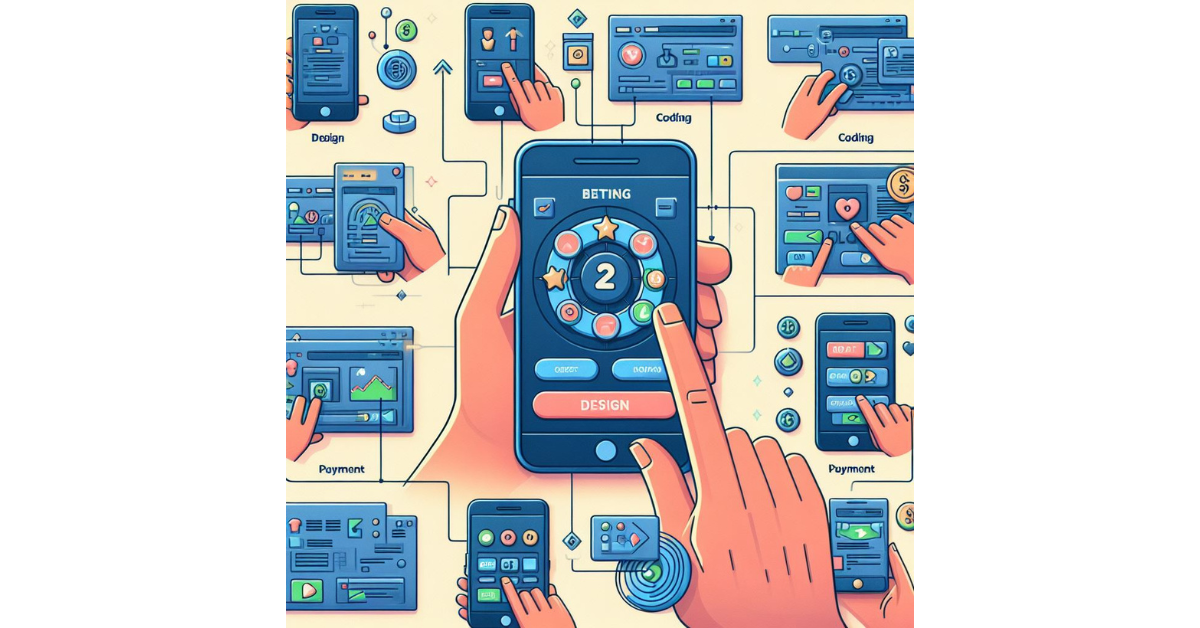Planning and Research
Before embarking on the development of a new project, it is crucial to lay the foundation with thorough planning and extensive research. This initial phase sets the tone for the entire project, guiding the team towards a clear direction and well-defined goals. Through meticulous planning, detailed project scope, objectives, timelines, and budget can be established, ensuring smooth execution and successful outcomes.
Research plays a pivotal role in understanding market trends, customer preferences, and technological advancements. By staying abreast of industry insights, competitors’ strategies, and user behavior, developers can make informed decisions throughout the project lifecycle. Conducting thorough research also aids in identifying potential risks, challenges, and opportunities that may impact the project’s success, enabling proactive mitigation strategies to be put in place.
Understanding the Target Audience
When developing a product or service, it is crucial to have a clear understanding of the target audience. This involves delving deep into the demographics, preferences, and behaviors of the potential users. By gaining insights into the audience’s needs and desires, you can tailor your offering to resonate with them effectively.
Moreover, understanding the target audience enables you to create targeted marketing messages that speak directly to their interests and concerns. This personalized approach can significantly enhance engagement and conversion rates, as it shows that you value and understand the needs of your audience. Ultimately, by putting the audience at the center of your design and marketing strategies, you can ensure that your product or service meets their expectations and delivers maximum value.
Identifying Key Features and Functionality
Identifying key features and functionality for a digital product is crucial in ensuring its success. This process involves pinpointing the specific elements that will make the product unique and valuable to users. One approach is to conduct market research to understand what features are in demand and align with user needs. By prioritizing key features based on user preferences and pain points, developers can focus on creating a product that resonates with the target audience.
When identifying key features and functionality, it is essential to consider the scalability and flexibility of the product. Building a product that can adapt to changing market trends and user requirements is imperative for long-term success. Additionally, evaluating the competitive landscape can provide insights into what features are essential for gaining a competitive edge. Ultimately, by carefully selecting and refining key features, developers can create a digital product that offers a unique value proposition and meets the needs of its users.
Choosing the Right Technology Stack
When selecting the appropriate technology stack for your project, it is crucial to consider factors such as scalability, flexibility, and compatibility. Your choice of technology stack will significantly impact the performance and success of your application in the long run. Conducting thorough research and understanding the requirements of your project will help you make an informed decision regarding which technologies to incorporate into your stack.
In addition to considering the current needs of your project, it is essential to think about future growth and potential technological advancements. Opting for a technology stack that is easy to upgrade and maintain will save you time and resources in the future. By carefully evaluating different technology options and understanding how they align with your project goals, you can choose a technology stack that will support your application effectively and efficiently.
Designing the User Interface
When designing the user interface, it is crucial to prioritize functionality and user experience. The layout should be intuitive and easy to navigate, ensuring that users can interact with the platform effortlessly. Clear labeling and strategically placed elements help users understand the purpose of each feature without confusion.
Consistency is key in user interface design as it helps establish a sense of familiarity for users. Elements such as color schemes, typography, and button styles should be cohesive throughout the platform to create a unified look and feel. By maintaining consistency, users can easily identify interactive elements and understand the hierarchy of information presented to them.















